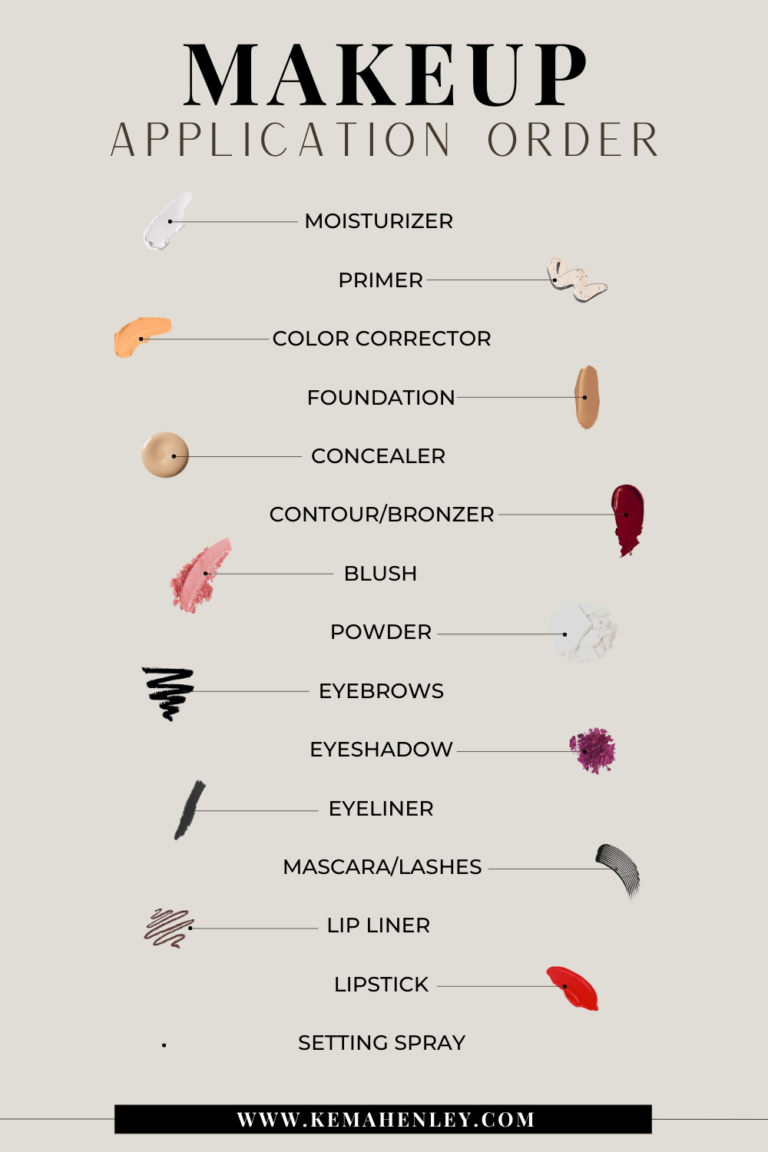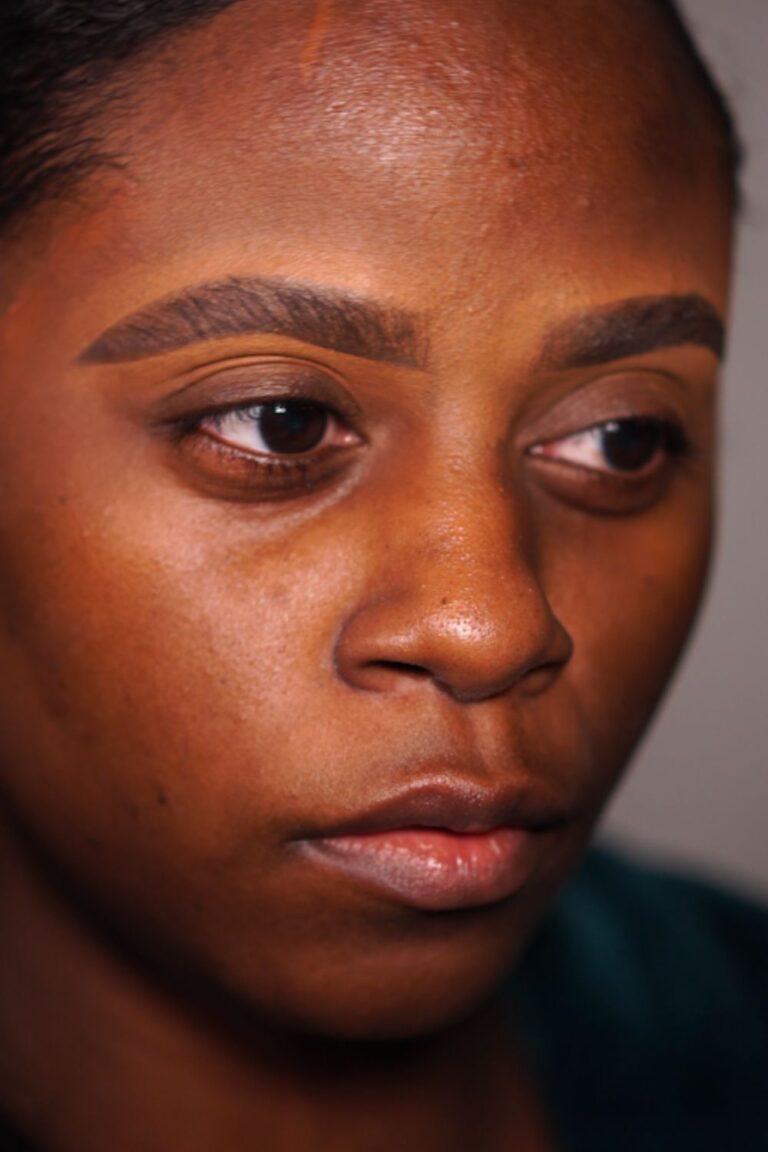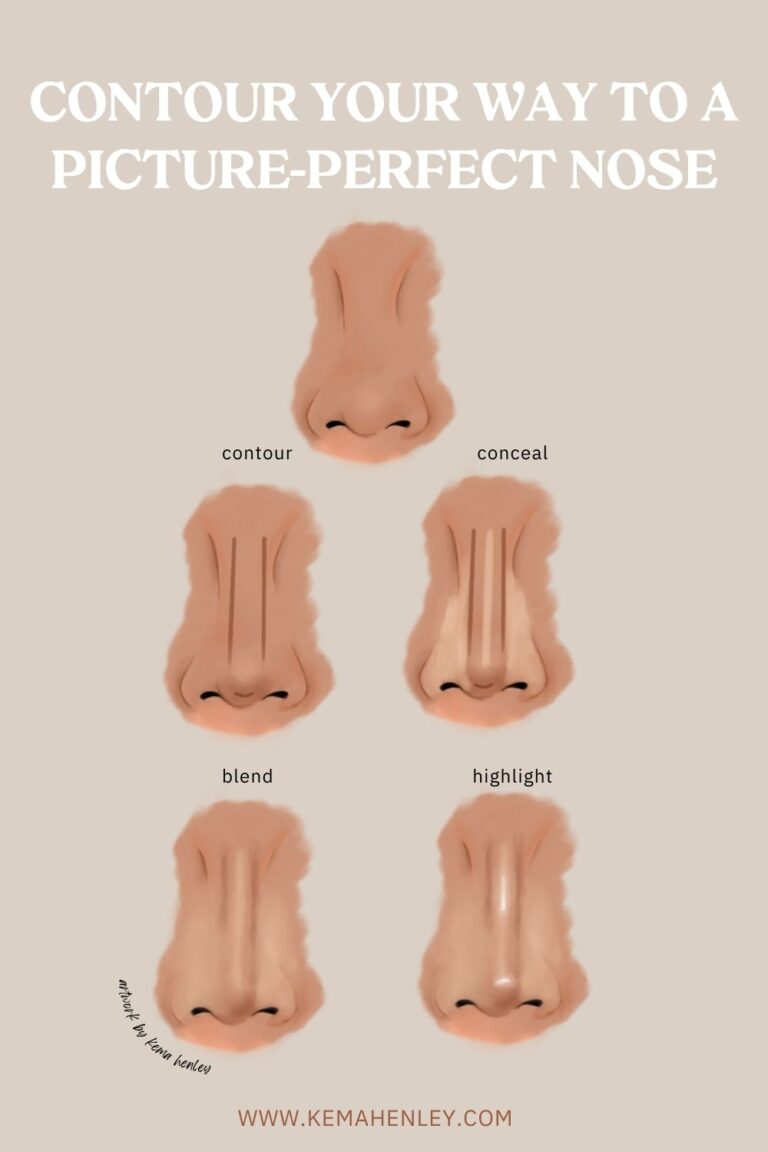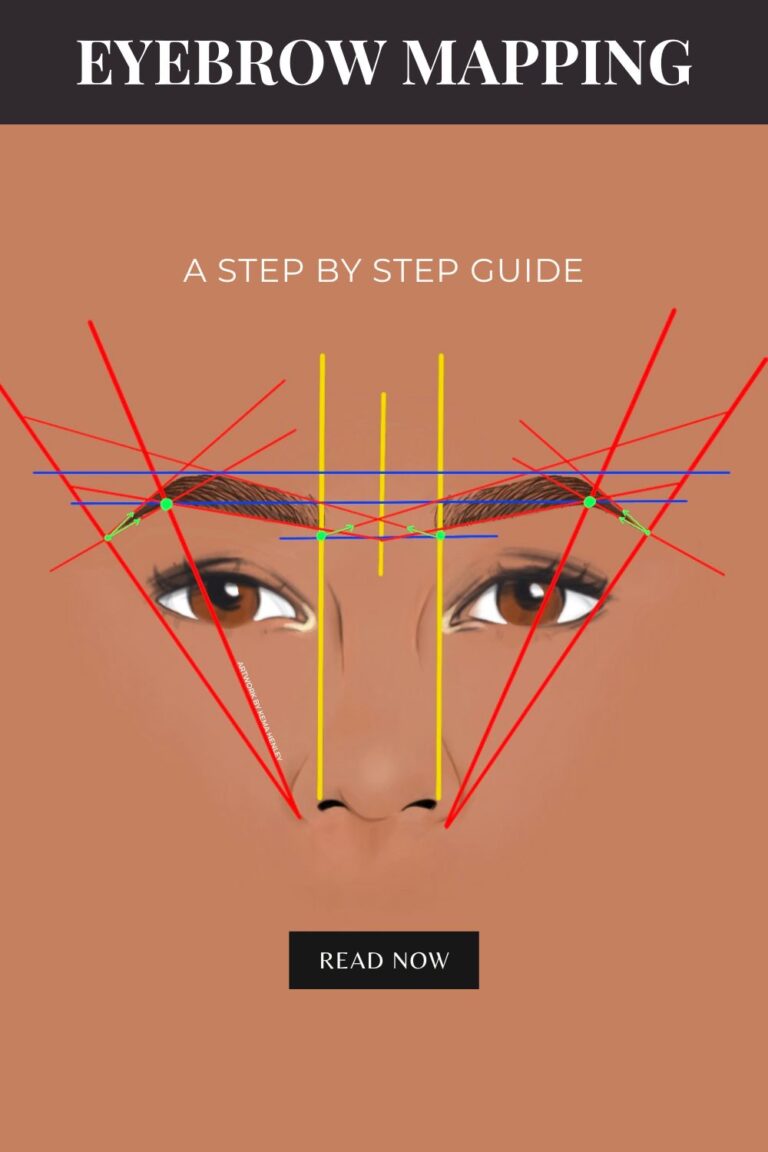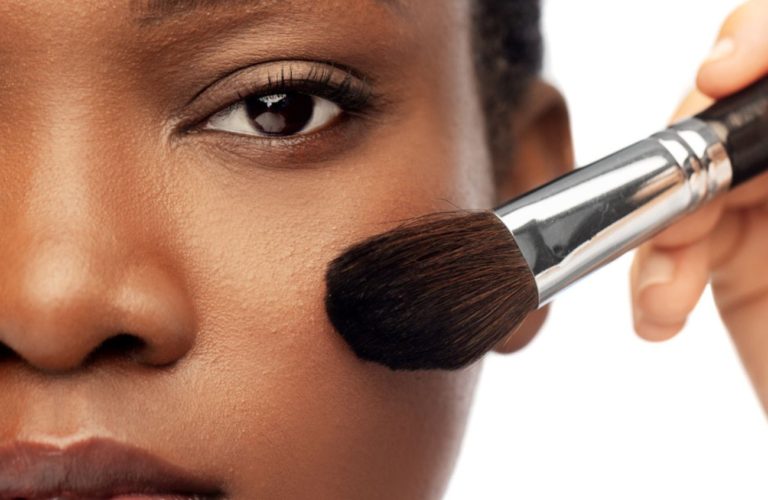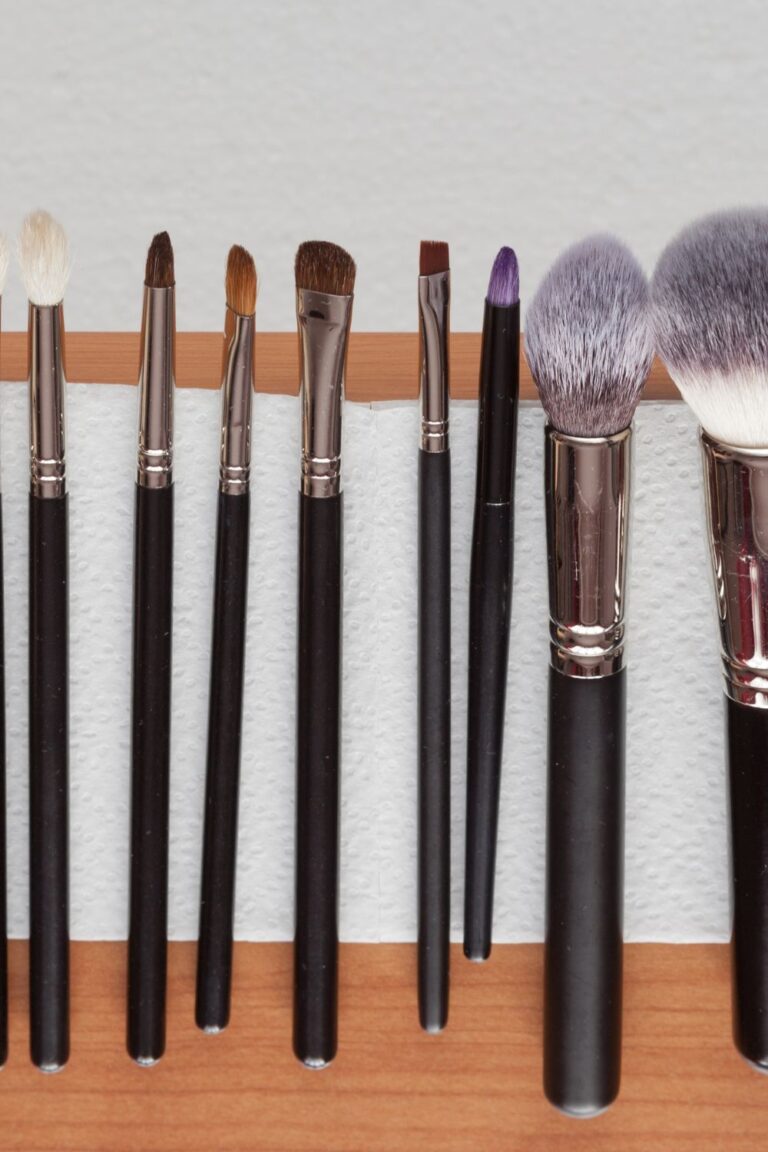Primer vs No Primer | Everything You Need to Know
The one product you’re probably missing from your daily routine is makeup primer. The issue is most people don’t understand what it is or what it does.
What if I told you a small pea sized amount of face primer could make a big difference in the way your makeup looks? Well, it’s true!
If you’re one of those people who thought makeup primer was useless. I’m sure you’ll change your mind by the end of this post.
Is makeup primer necessary?
Primer is necessary for anyone who wants to:
- Minimize their pores
- Smoothen their skin
- Blur blemishes
- Have longer lasting makeup
Primer essentially gives you the best base for applying foundation.
All primers are not the same. There are a few factors you should take into consideration when purchasing a face primer. If after you have finished your makeup and thought to yourself “primer is pointless” then you probably purchased the wrong one.
Here’s what happens when you don’t use a primer before makeup.
Primer is used to reduce specific problem areas on the skin. It stops blemishes from being prominently seen after you’ve applied your foundation.
Have you ever completed your entire makeup routine and wondered why your pores looked so large? Its most likely because you didn’t use a primer that minimizes pores. Primer adds a protective layer to the skin that can smoothes out rough patches and reduce the color of blemishes. Without primer you may have texture in unwanted areas or dark stops that’s still peeking through your foundation.
Primer creates a barrier between your makeup and the oils coming through your skin. The oils from your skin is what causes your makeup to start breaking apart.
One issue I use to struggle with in the summer is not having my makeup last long. I would get so frustrated because I was spending up to 2 hrs perfecting, only to see it smudge, fade, and become oily.
Guess what I wasn’t doing…using a primer.
When I did use a primer I got the results of smoother looking skin but my makeup was oily within 20 minutes of leaving the house.
Here why: One of my skin problems is that I have an oily T-Zone. I purchased a primer that is made to “blur” the skin. What I actually needed to buy was a magnifying primer.
Before choosing a primer it is key to identify your skin condition and problem areas. Now that we know what not to do, we’re going to talk about how to choose the right primer for you.
Find a prime that is right for your skin type.
Choosing a primer doesn’t mean walking into Sephora and picking up a bottle from your favorite brand that says “primer”.
Before you think of what brand you want to use, ask yourself, “what skin issues do I want to minimize?” Different primers are made for different skin types. This is probably the number one factor people don’t realize when deciding on a primer to purchase. Think of primer as the protective shield you apply before you add any other makeup products on top.
Here’s some examples of primers by skin condition:
| Dry | Hydrating Primer | Too Faced, Hangover Replenishing Face Primer |
| Oily | Matte Primer | Becca Cosmetics, Ever-Matte Poreless Priming Perfector |
| Large Pores | Minimizes Pores | Smashbox, Photo Finish Oil-Free Pore Minimizing Primer |
| Dark spots | Evens Skintone | Smashbox, Photo Finish Even Skin-tone Peach Primer |
| Fine lines/Wrinkles | Protective | Tacha, The Silk Canvas Protective Primer |
The second thing a lot of people don’t consider when purchasing primers is the finish you want your makeup to have. If you have dry skin a hydration primer will allow you to have a glowing finish. Vise versa, if you want your makeup to have a matte finish because you have oilier skin, you should look for a mattifying primer.
With that being said, having a matte primer, matte foundation, baking, and using a matte setting spray all in the same routine might be overdoing it. It’s all about balance. Think about which combinations would feel the most comfortable on your skin.
If you have extremely oily skin and the first matte primer you try doesn’t work, don’t give up. Do your research and try other brands. One matte primer may work better against the level of oils your skin is producing over another. Makeup is a trial and error process, don’t be discouraged just because one product didn’t work.
Apply your makeup primer after you have moisturized.
You should always apply your makeup on a freshly cleaned face. Once you have moisturized, wait for your skin to absorb the product. Then proceed with applying your face primer.
Face primers should not be applied after your foundation; unless the product specifically states that it can be used in this way. If that’s the case, the primer would typically come in the form of a spray.
One thing I used to ask was, “wouldn’t my face become even oilier after applying both a moisturizer AND a primer?”
Primers are made to be included into your skin care/makeup routine. If oiliness is a big concern of yours, you can search for a less hydrating or more mattifying primer.
Think about how your skin looks after you’ve applied moisturizer. Is it still pretty oily? Is it at a controllable state? Is it still a bit drier than you would like?
Best way to apply a makeup primer.
There are multiple ways to apply any makeup product. The choice is up to you. The best way to find out how to apply your primer is by simply reading the directions.
Obvious right? But how many of us can honestly say we read every packaging we buy. When it comes to products that we aren’t too familiar with, reading directions is the smartest option. As I’ve mentioned before not every primer is the same. One may contain ingredients that work better when applied with your hands and others with a foundation brush.
Here are some some tips for applying primer:
Imagine your pore as tiny holes in your skin. The ultimate goal is to fill them to create a smooth protective layer.
- Gently press the product into your skin with more focus on your trouble areas
- Evenly massage the product all over your face using circular motions
- If only parts of your skin are dry or oil only use primer in those areas
- Use a foundation brush if you don’t want the oils from your fingertips to transfer onto your face
The next time you plan on doing your makeup make sure you have your primer laid out and ready to work. Remember to take note of your skin type and product description before judging your primer.
